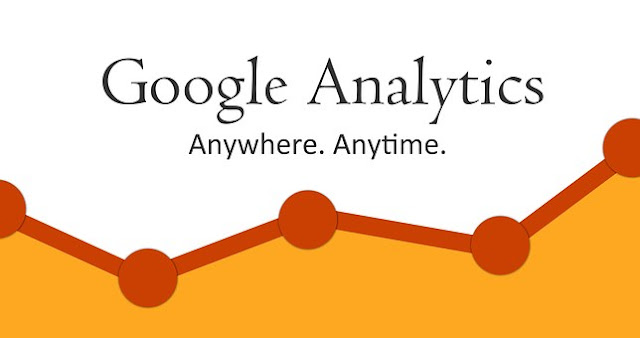Can You Use SEO for Facebook?
Absolutely. People use Facebook to connect with friends, family and others social , and they things that interest them. This means that your potential customers are already using the facbook platform—you just need to find a way to reach for Facebook post! That’s where SEO comes in know you. SEO or search engine optimization is the process of optimizing your website blog site or web page to rank higher in search engine results pages (SERPs). The higher your page ranks, the more likely people are to find it when they search for keywords related thing or to your business. See you How My Agency Can Drive More Traffic to Your Website or blog site SEO - unlock more SEO traffic for your facbook. See you real results after seo. You can Content Marketing - our team creates epic content that will get shared, get links, and attract traffic. You know Paid Media - effective paid strategies with clear ROI How To can Improve Your SEO for Facebook page There are many ways to im...





